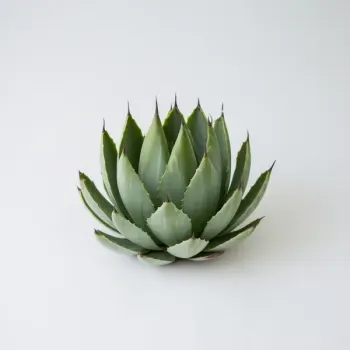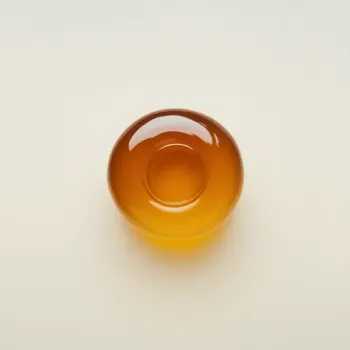Agave nectar and honey are natural sweeteners used in cooking and baking. Agave nectar is a mild, highly sweet syrup from the agave plant, while honey is a flavorful, viscous sweetener made by bees from nectar. Both can enhance recipes but differ in taste, texture, and glycemic impact.

Agave nectar, also known as agave syrup, is a sweetener derived from the sap of the agave plant, commonly found in Mexico. It's known for its smooth consistency and a sweetness that's more intense than sugar, with a mild, almost neutral flavor.

Honey is a natural sweetener produced by bees using the nectar from flowers. It varies in color and flavor depending on the nectar source, and it's known for its complex flavor profiles, ranging from floral to earthy, and its rich, viscous texture.
While both are natural sweeteners, agave nectar and honey differ in taste, texture, and glycemic index. Agave nectar has a more neutral taste and a thinner consistency, whereas honey has a distinctive flavor that varies based on the flowers visited by the bees, and it's thicker. Agave is also lower on the glycemic index, making it a slower-releasing energy source, while honey can provide a quicker boost of energy.

Your ultimate Recipe Box, Meal Planner, and Cooking Class all in one
Best used in recipes like chewy cookies or moist cakes where its hygroscopic nature helps retain moisture. Its mild flavor won't overpower other ingredients, and it can be used to create a smooth texture in batters and doughs. When using agave, you may need to reduce the amount due to its higher sweetness level and adjust baking temperatures as it can cause quicker browning. Ideal for adding distinct flavors to bread, muffins, and other baked goods. Honey's robust taste complements ingredients such as nuts and spices. It also contributes to browning and a tender crumb, but recipes might require less liquid to balance the moisture content. Honey can also act as a natural preservative, extending the shelf life of baked treats.
Its solubility makes agave nectar a great sweetener for cold drinks like iced teas, smoothies, and cocktails. It blends effortlessly without needing to dissolve, ensuring a consistent sweetness throughout the beverage. Honey adds nuanced flavors to hot beverages such as tea and coffee, complementing the natural taste profiles. It can also be used in cocktails, but may require pre-dissolving in warm water to create a 'honey syrup' for easier mixing.
Its neutral flavor and smooth consistency work well in vinaigrettes, marinades, and glazes, especially when you want to add sweetness without altering the primary flavors of the dish. Honey's complex taste can enhance BBQ sauces, salad dressings, and dips, adding a depth of flavor that can complement the tanginess of vinegars and the savoriness of spices.
Both agave nectar and honey are predominantly made up of sugars and contain a similar calorie count, though agave nectar has a higher fructose content.
| Nutrient | Honey ( per Tablespoon ) | Agave Nectar ( per Tablespoon ) |
|---|---|---|
| Sugars | 17g | 15g |
| Calories | 64 | 60 |
| Carbohydrates | 17g | 16g |
| Glycemic Index | Moderate to high | Low to moderate |
Both have their own health implications. Agave nectar has a lower glycemic index, which can be better for blood sugar control, but it also has higher fructose content. Honey contains more antioxidants and may have additional health benefits, but it has a higher glycemic index. Choose based on dietary needs and preferences.
Yes, agave nectar is vegan and can replace honey in recipes to suit a vegan diet.
Use about 3/4 cup of agave nectar for every 1 cup of honey and reduce other liquids in the recipe as necessary.
Taste is subjective. Honey has a more pronounced and varied flavor, while agave nectar is milder and more neutral. The preference depends on whether you want a strong flavor or a sweetener that blends into the background.
While they can often be swapped, the outcome will vary due to differences in sweetness, flavor, and moisture content. It's best to experiment and adjust based on the specific recipe and desired result.